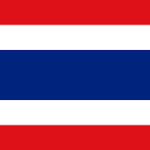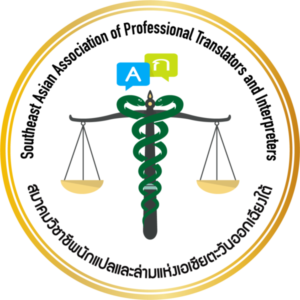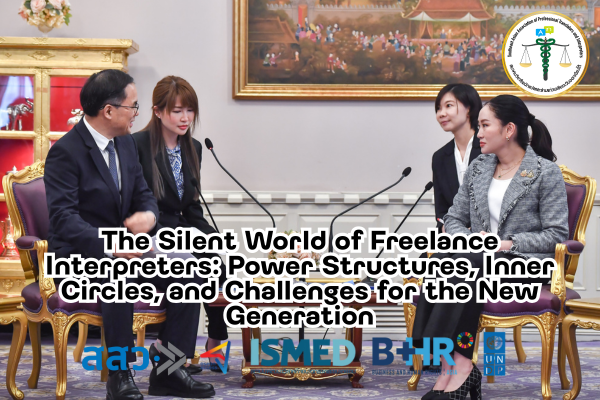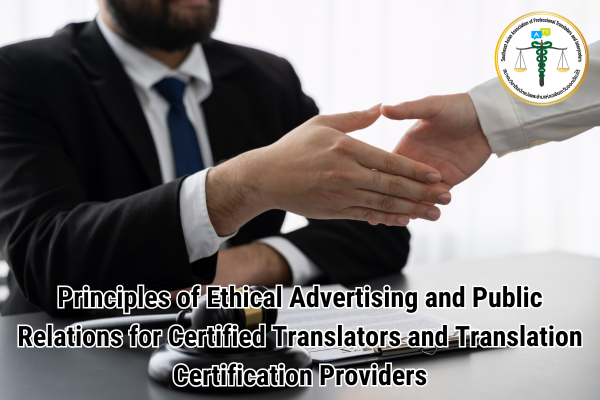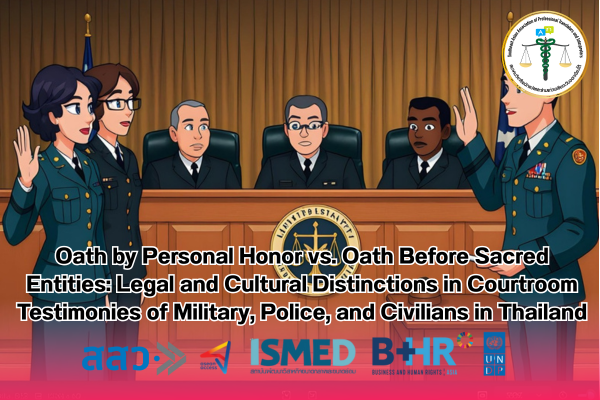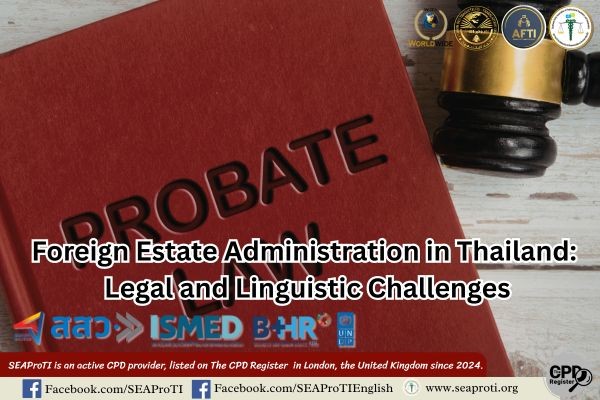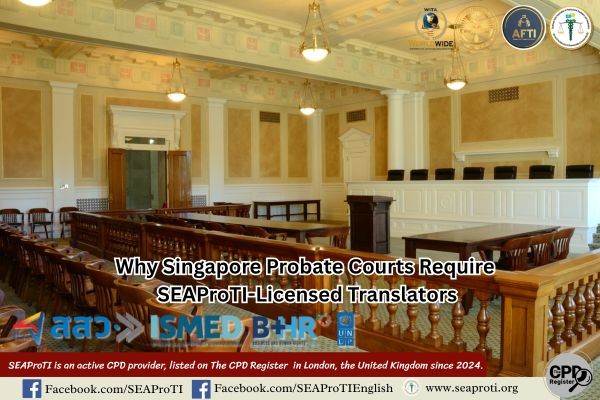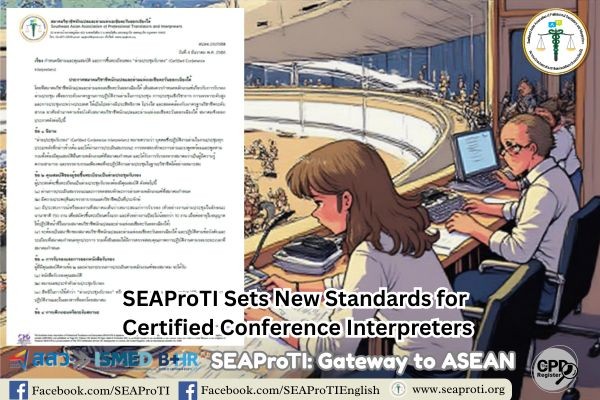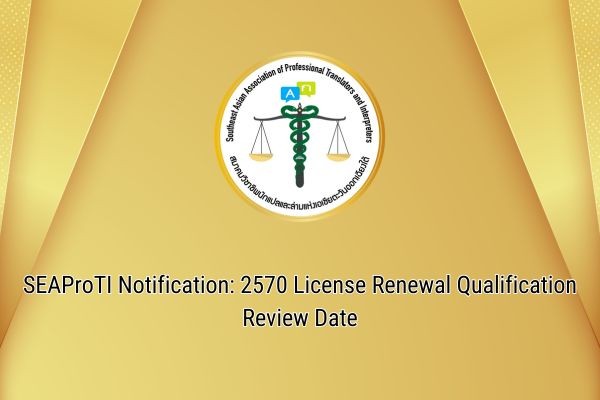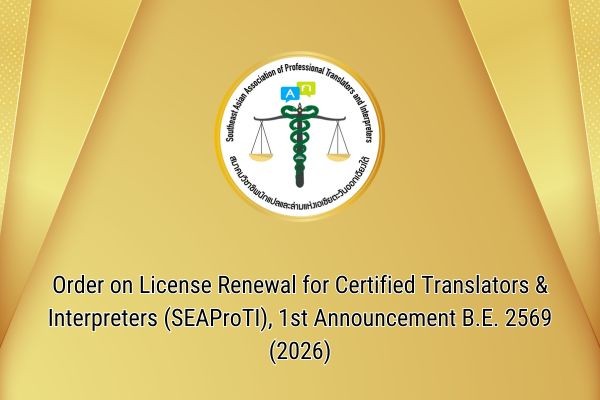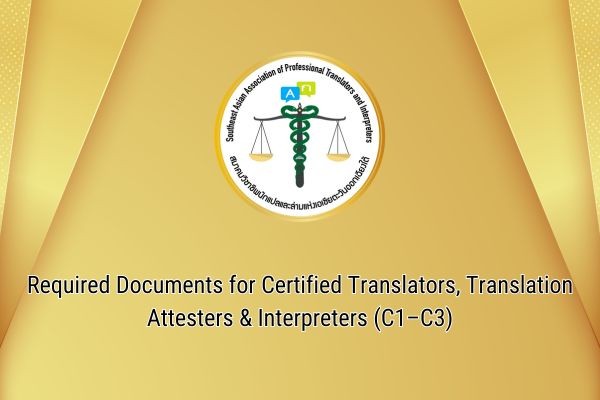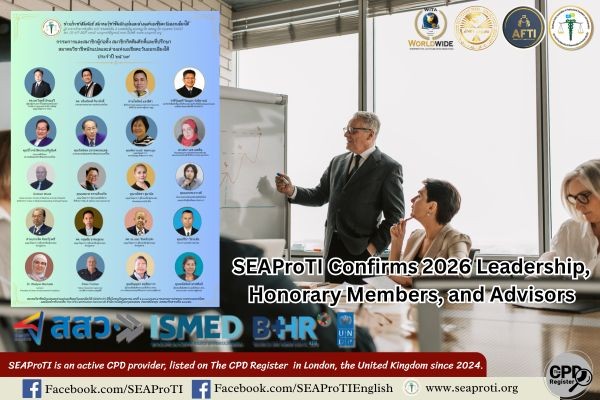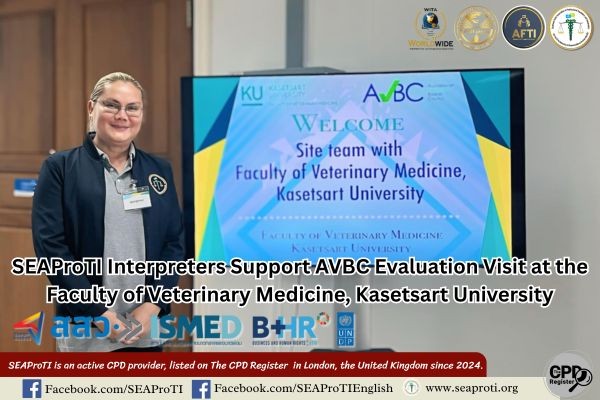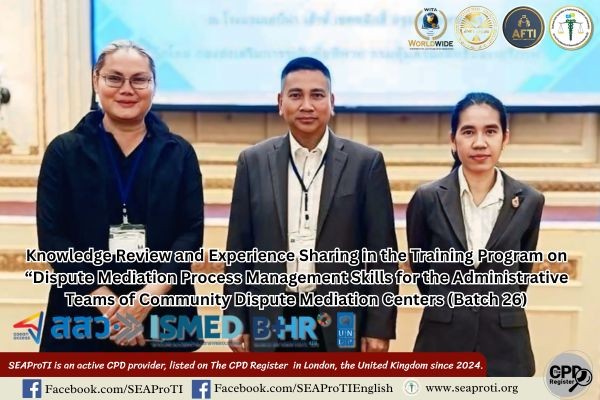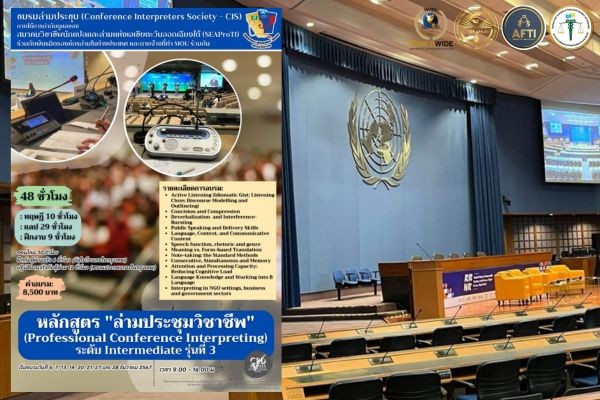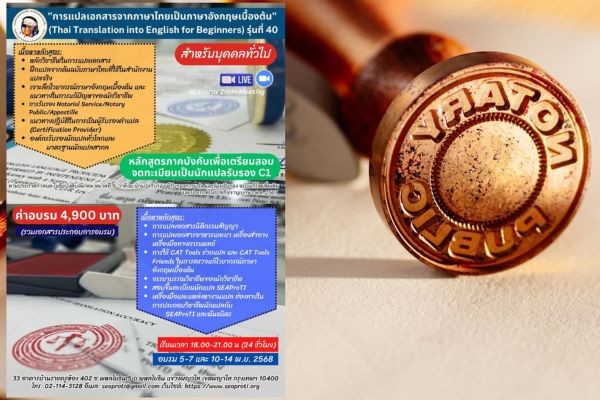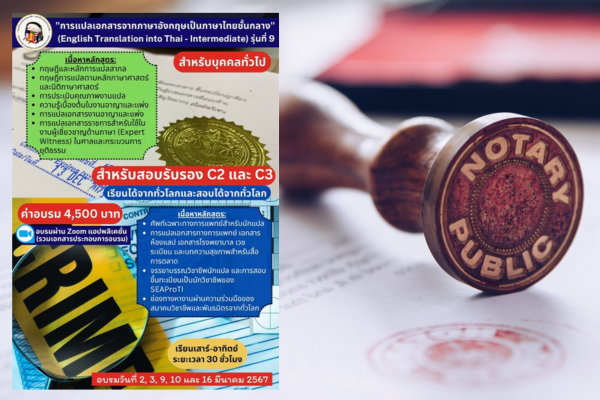The Silent World of Freelance Interpreters:
Power Structures, Inner Circles, and Challenges for the New Generation
31 May 2025, Bangkok – In an era of rapid technological change, the demand for language services has not diminished. On the contrary, interpreting continues to play a vital role in international collaboration, cross-cultural understanding, and multilingual communication. However, entering the interpreting profession—especially as a freelancer—is far from an equal playing field.
This article explores the invisible structures shaping the freelance interpreting industry, with particular focus on the phenomenon of “closed circles,” or selective professional networks. These structures influence access to high-paying jobs, professional opportunities, and career advancement, especially for newcomers to the field.
1. The Unwritten Hierarchy: “Inner Circles” and the Monopoly on High-Paying Jobs
While the interpreting industry may appear to be an open market where anyone can offer their services, in reality, access to lucrative assignments is often governed by social capital, not just skill or credentials.
High-paying interpreting jobs—such as international conferences, legal interpreting, medical assignments, or diplomatic events—are rarely advertised on public platforms. Instead, they circulate within trusted networks, often among interpreters who already have established reputations and relationships.
This phenomenon mirrors sociological concepts such as:
- Transmission of cultural capital – Interpreters with prior high-profile experience tend to receive more prestigious work, reinforcing their status.
- Network-based monopolies – Established professionals often retain prime assignments for themselves or refer them only to trusted colleagues within their professional circle.
2. The New Interpreter’s Dilemma: It’s More Than Just Skill
Even with language degrees, certifications, portfolios, or competition awards, entering the freelance interpreting field is no simple feat. New interpreters face multiple layers of pressure and uncertainty:
2.1 High Client Expectations
Modern clients demand precision, speed, cultural competence, and the ability to navigate nuance. In many cases, human interpreters are compared unfavorably to AI systems that offer speed and low cost, despite lacking context sensitivity or empathy.
2.2 Competition from AI and Low-Cost Markets
As AI-powered translation tools become more accessible, clients with limited budgets may opt for machine solutions, especially when they don’t fully understand the added value of human interpretation.
2.3 Precarity and Lack of Institutional Support
Freelancers often face delayed payments, a lack of health benefits, and no job security. Without long-term contracts or bargaining power, new interpreters are especially vulnerable to market volatility.
3. Strategies for Survival and Growth: What New Interpreters Can Do
3.1 Build Credibility Step by Step
Reputation and professional credibility are earned gradually. Word-of-mouth referrals from senior interpreters or clients serve as a key entry point into more prestigious assignments.
3.2 Join Professional Associations and Networks
Becoming a member of professional bodies, such as SEAProTI or other regional associations, opens doors to networking, job referrals, and ongoing training.
3.3 Specialize in Niche Areas
Developing expertise in specialized domains, such as legal, medical, rare languages, or trauma-informed interpreting, can help interpreters stand out in areas where AI still falls short.
Conclusion: Survival = Skill + Network + Context Awareness
Freelance interpreting in today’s world is no longer just about language skills. It requires navigating a complex ecosystem of trust, influence, and technological change.
Those who thrive are not always the most talented linguists, but rather, those who understand how to position themselves strategically within the profession. Discipline, reliability, and strong relationships are essential to long-term success.
Credit Image: Thai Kuu Fah
SEAProTI’s certified translators, translation certification providers, and certified interpreters:
The Southeast Asian Association of Professional Translators and Interpreters (SEAProTI) has officially announced the criteria and qualifications for individuals to register as “Certified Translators,” “Translation Certification Providers,” and “Certified Interpreters” under the association’s regulations. These guidelines are detailed in Sections 9 and 10 of the Royal Thai Government Gazette, issued by the Secretariat of the Cabinet under the Office of the Prime Minister of the Kingdom of Thailand, dated July 25, 2024, Volume 141, Part 66 Ng, Page 100.
To read the full publication, visit: the Royal Thai Government Gazette
โลกเงียบของล่ามฟรีแลนซ์: โครงสร้างอำนาจ วงใน และความท้าทายของคนรุ่นใหม่
ในยุคที่เทคโนโลยีเปลี่ยนแปลงอย่างรวดเร็ว ความต้องการบริการด้านภาษาไม่ได้ลดลง ตรงกันข้าม อาชีพ “ล่าม” กลับมีบทบาทมากขึ้นในโลกแห่งความร่วมมือข้ามวัฒนธรรมและความหลากหลายทางภาษา อย่างไรก็ตาม การเข้าสู่วงการล่ามโดยเฉพาะในรูปแบบ “ฟรีแลนซ์” หรือผู้ประกอบอาชีพอิสระนั้น ไม่ได้เปิดกว้างเท่าเทียมกันสำหรับทุกคน
บทความนี้มุ่งสำรวจโครงสร้างที่มองไม่เห็นในวงการล่ามฟรีแลนซ์ โดยเฉพาะปรากฏการณ์ “วงใน” (closed circle) หรือ “การสื่อสารผ่านเครือข่ายที่มีข้อจำกัด” ซึ่งส่งผลต่อการเข้าถึงโอกาสงาน รายได้ และการเติบโตของล่ามรุ่นใหม่
1. โครงสร้างที่ไม่เขียนไว้: “วงใน” และการผูกขาดงานเรทดี
แม้ตลาดล่ามจะดูเหมือนเป็นตลาดเสรีที่ใครก็สามารถเสนอบริการได้ แต่ในทางปฏิบัติ กลับมีรูปแบบการเข้าถึงงานที่ขึ้นอยู่กับ “ทุนทางสังคม” (social capital) ไม่ต่างจากวงการอื่น ๆ
งานแปลภาษาที่มีค่าจ้างสูง (high-paying interpreting jobs) เช่น การประชุมระดับนานาชาติ การล่ามทางกฎหมาย การล่ามแพทย์ หรือเวทีทูต มักไม่ถูกเปิดเผยต่อสาธารณะผ่านแพลตฟอร์มงานทั่วไป แต่จะเวียนอยู่ในกลุ่มคนเฉพาะที่เชื่อมือกัน สนิทสนมกัน หรือเคยทำงานร่วมกันมาก่อน
ปรากฏการณ์นี้มีลักษณะร่วมคล้ายกับแนวคิดในสังคมวิทยาเรื่อง:
- “การถ่ายทอดทุนทางวัฒนธรรม” (Cultural capital transmission) – คนที่เคยมีโอกาสทำงานใหญ่จะยิ่งได้รับงานดีต่อเนื่อง เพราะมีผลงานและประสบการณ์รองรับ
- “การผูกขาดโดยเครือข่าย” (Network-based monopoly) – คนที่อยู่ในวงการก่อน ย่อมมีโอกาสเลือกว่าจะเก็บงานไว้เองหรือส่งต่อให้ “พวกเดียวกัน”
2. ความท้าทายของล่ามรุ่นใหม่: ไม่ใช่แค่เรื่องฝีมือ
แม้จะเรียนจบด้านภาษา มีใบรับรอง มีพอร์ตผลงาน หรือแม้กระทั่งได้รางวัลจากการแข่งขัน การเป็น “ล่ามฟรีแลนซ์” มืออาชีพในโลกจริงกลับไม่ง่ายอย่างที่คิด เพราะล่ามรุ่นใหม่ต้องเผชิญกับหลายแรงกดดัน:
2.1 ความคาดหวังจากลูกค้า
ลูกค้าในปัจจุบันมีความคาดหวังสูง ทั้งในแง่ความแม่นยำ ความเร็ว การเข้าใจบริบท และทักษะทางวัฒนธรรม ลูกค้าหลายรายเปรียบเทียบล่ามกับระบบ AI ที่เริ่มให้บริการแปลภาษาได้อย่างรวดเร็ว (แม้จะขาดมิติความเข้าใจ)
2.2 การแข่งขันกับ AI และตลาดราคาถูก
แม้ AI ไม่สามารถเข้าใจอารมณ์หรือการเจรจาเชิงซ้อนแบบมนุษย์ได้ทั้งหมด แต่การลดต้นทุนของผู้จัดงานหลายราย ทำให้พวกเขาอาจเลือกใช้ระบบแปลอัตโนมัติแทนการจ้างล่าม ในกรณีที่พวกเขา “ไม่เห็นความแตกต่าง” อย่างชัดเจนระหว่างคุณค่าของล่ามกับระบบ AI
2.3 ความเปราะบางของอาชีพอิสระ
การไม่มีสวัสดิการประกัน การรอชำระเงินจากลูกค้า การไม่มีสัญญาระยะยาว และการขาดอำนาจต่อรอง ล้วนเป็นความเสี่ยงที่ล่ามฟรีแลนซ์รุ่นใหม่ต้องแบกรับ
3. กลยุทธ์การอยู่รอดและเติบโต: ล่ามรุ่นใหม่ต้องทำอะไรบ้าง?
3.1 สร้างความน่าเชื่อถือในวงการอย่างค่อยเป็นค่อยไป
“ชื่อเสียง” และ “เครดิตวิชาชีพ” คือสิ่งที่ใช้เวลาสร้างและต้องรักษาอย่างต่อเนื่อง คำแนะนำจากรุ่นพี่ ผู้จัดงาน หรือผู้ร่วมงานจะเป็นใบเบิกทางสำคัญ
3.2 เข้าร่วมเครือข่ายวิชาชีพ
การสมัครเป็นสมาชิกขององค์กรล่ามระดับชาติหรือภูมิภาค เช่น SEAProTI หรือสมาคมล่ามนานาชาติ จะเปิดโอกาสให้รู้จักคนในวงการ แลกเปลี่ยนงาน และเข้าถึงโอกาสฝึกอบรม
3.3 พัฒนาทักษะด้านเฉพาะทาง
เช่น ล่ามทางกฎหมาย ล่ามแพทย์ ล่ามภาษาหายาก หรือล่ามในการสื่อสารเชิงจิตวิทยา ซึ่งเป็นงานที่ AI ยังไม่สามารถทดแทนได้
บทสรุป: ทางรอดอยู่ที่ “ฝีมือ” + “เครือข่าย” + “ความเข้าใจในบริบท”
อาชีพล่ามฟรีแลนซ์ในยุคใหม่ไม่ใช่เพียงแค่เรื่องภาษาอีกต่อไป แต่คือการบริหารตัวเองในระบบที่ซับซ้อน ทั้งด้านความสัมพันธ์ เครือข่ายอำนาจ และการต่อสู้กับเทคโนโลยี
คนที่อยู่รอดได้ไม่ใช่แค่คนที่แปลเก่งที่สุด
แต่คือคนที่รู้จัก “วางตัวในวงการ” ได้อย่างเหมาะสม มีวินัย มีความน่าเชื่อถือ และสร้างความสัมพันธ์ที่ดีในระยะยาว
หากคุณเป็นล่ามรุ่นใหม่ที่กำลังมองหาทางเดินของตัวเองในวงการนี้ ขอให้บทความนี้เป็นแนวทางและแรงบันดาลใจ ว่าแม้โอกาสอาจไม่ได้เท่ากันในตอนแรก แต่ทุกคนสามารถสร้างเส้นทางของตนเองได้
อย่าเพิ่งยอมแพ้ แต่อย่าหยุดพัฒนาตัวเองด้วย
ภาพประกอบ: ไทยคู่ฟ้า
เกี่ยวกับนักแปลรับรอง ผู้รับรองการแปล และล่ามรับรองของสมาคมวิชาชีพนักแปลและล่ามแห่งเอเชียตะวันออกเฉียงใต้
สมาคมวิชาชีพนักแปลและล่ามแห่งเอเชียตะวันออกเฉียงใต้ (SEAProTI) ได้ประกาศหลักเกณฑ์และคุณสมบัติผู้ที่ขึ้นทะเบียนเป็น “นักแปลรับรอง (Certified Translators) และผู้รับรองการแปล (Translation Certification Providers) และล่ามรับรอง (Certified Interpreters)” ของสมาคม หมวดที่ 9 และหมวดที่ 10 ในราชกิจจานุเบกษา ของสำนักเลขาธิการคณะรัฐมนตรี ในสำนักนายกรัฐมนตรี แห่งราชอาณาจักรไทย ลงวันที่ 25 ก.ค. 2567 เล่มที่ 141 ตอนที่ 66 ง หน้า 100 อ่านฉบับเต็มได้ที่: นักแปลรับรอง ผู้รับรองการแปล และล่ามรับรอง
